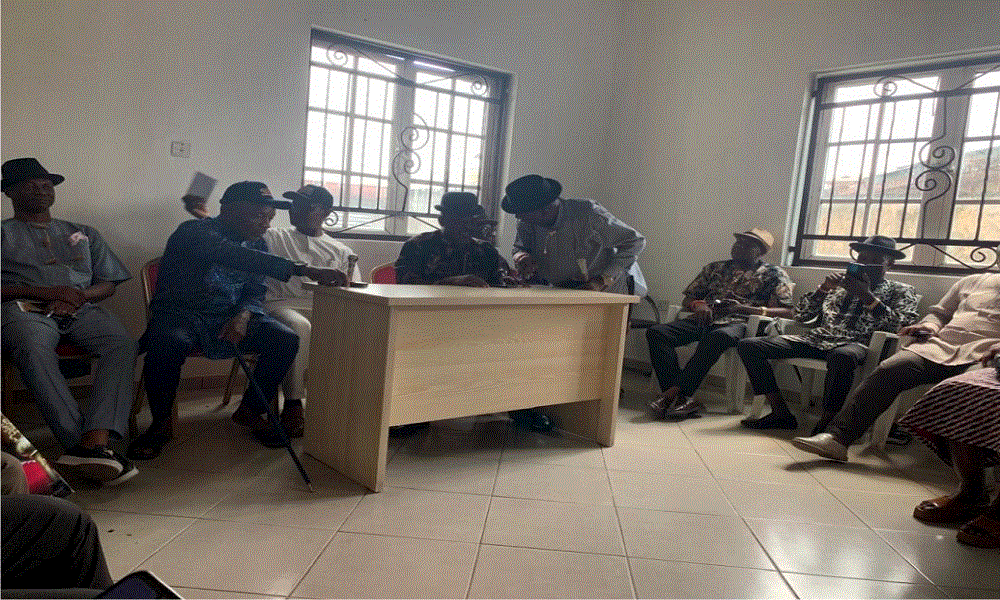COVID-19 Out, Lassa Fever In – NCDC
The Nigeria Centre for Disease Control and Prevention (NCDC) has confirmed 857 cases of lassa fever and 156 deaths across 28 states from January to April 28.
The centre, via its official website, disclosed this in a published report on lassa fever situation in the country.
The report noted that the case fatality rate (CFR) stands at 18.2 per cent, a status that is higher than the 2023 rate of 17.0 per cent within the same period under review.
Lassa fever is an acute and potentially fatal viral haemorrhagic disease, endemic in many West African countries.
It is caused by the lassa virus and transmitted primarily through contact with food, household items contaminated by the urine or excreta of the mastomys natalensis rat species and through contact with the body fluids of infected individuals, particularly among caregivers.
In Nigeria, lassa fever is characterised by yearly outbreaks that occur typically during the dry season.
“The report for week 17, covering April 22 to 28 highlighted a worrisome increase in confirmed cases from 11 to 14, compared to the previous week.
“Notably, 63 per cent of confirmed cases in 2024 was concentrated in Ondo, Edo, and Bauchi states, while the remaining 37 per cent was reported from 25 states,” it said.
The centre said that even with the efforts being made to combat the outbreak of the disease, challenges have persisted, including late presentation of cases and poor health-seeking behavior due to the cost of treatment thus contributing to the high CFR.
According to NCDC, bad environmental sanitation and low awareness in high-burden communities have worsened the situation.
NCDC said the National Lassa fever multi-partner, multi-sectoral Incident Management System had been activated to coordinate a comprehensive response at all levels.
It said the Emergency Operations Centre (EOC) had begun mobilising resources to address the escalating crisis.
It added that while no health workers were affected during the reporting week, the predominant age group affected by the disease remains 21-30 years old.
The centre emphasised the importance of early detection, good hygiene, and community awareness, to mitigate the spread of the disease and prevent further fatalities.
NCDC said concerted efforts from government agencies, healthcare providers, and the public were crucial to containing the outbreak of the disease and saving lives.
The centre emphasised that the prevention of lassa fever involves avoiding contact with rodents and their droppings, practicing good personal hygiene, and taking precautions when caring for infected persons. It said early diagnosis and prompt medical care were crucial to managing the disease and preventing complications.




